Planetary Science
-
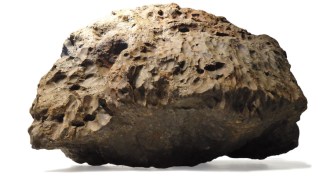 Astronomy
AstronomyYear in Review: Meteorite makes an impact
A falling rock delivers a wake-up call.
By Andrew Grant -
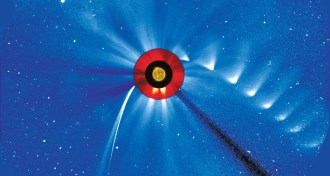 Astronomy
AstronomyYear in Review: Visitor from the Oort cloud
A visitor from the outer solar system flies past the sun.
-
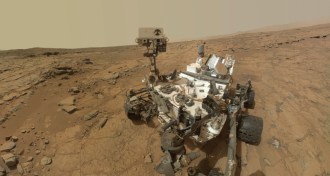 Planetary Science
Planetary ScienceYear in Review: Methane shortage on Mars
A trace of the gas is not enough to be a sign of life.
By Erin Wayman -
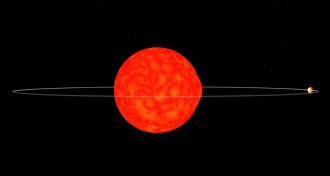 Astronomy
AstronomyExoplanet dangerously close to demise
Kepler-91b could be on the brink of death — at least on astronomical time scales.
-
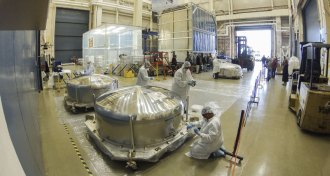 Planetary Science
Planetary ScienceExoplanet mass revealed in light
A new method could help identify habitable planets.
By Andrew Grant -
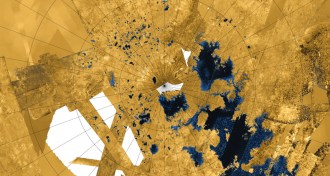 Planetary Science
Planetary ScienceSinkholes, tectonics may have shaped Titan’s lakes and seas
A map of Saturn’s largest moon reveals clues about the object's landscape.
By Meghan Rosen -
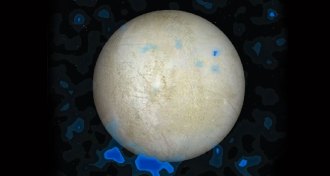 Planetary Science
Planetary ScienceEuropa vents water, Hubble data suggest
Plumes from ice-covered oceans would increase likelihood of life-friendly conditions on one moon of Jupiter.
By Andrew Grant -
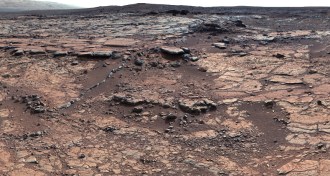 Planetary Science
Planetary ScienceMars was habitable longer, more recently than thought
Warmer, wetter conditions lasted until 3.5 billion years ago on the Red Planet.
By Andrew Grant -
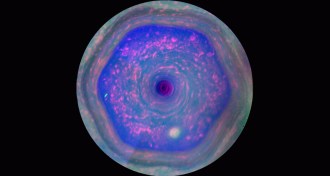 Astronomy
AstronomySaturn’s six-sided cloud pattern gets a close look
New images show particles in the planet’s hexagonally shaped jet stream.
-
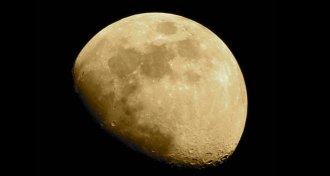 Planetary Science
Planetary ScienceMoon wears dusty cloak
Old data from Apollo missions stir up debate about speed of lunar dust accumulation.
By Meghan Rosen -
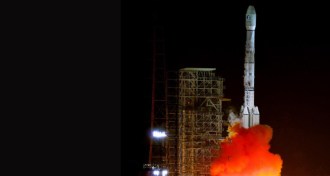 Planetary Science
Planetary ScienceChina’s first moon-landing mission blasts off
If successful, the Chang’e 3 lunar lander and Yutu rover will be the first spacecraft to land on the moon in 37 years.
-
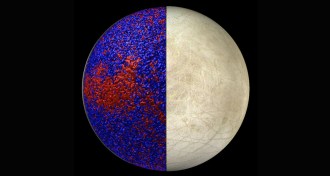 Planetary Science
Planetary ScienceTurbulent ocean could explain Europa’s chaotic ice
New computer simulations show turbulent global ocean currents that distribute heat unevenly and could explain the formation of the chaotic ice patterns at the moon’s lower latitudes.